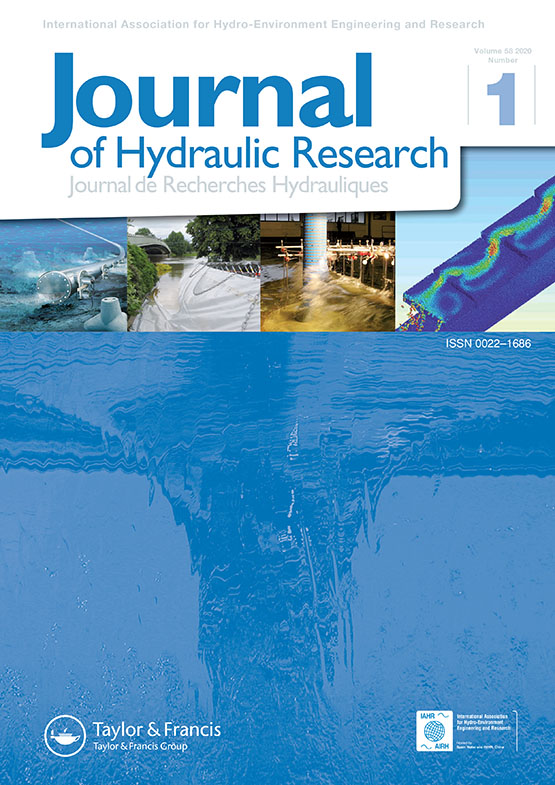tandfonline.com har udgivet en rapport under søgningen “Teacher Education Mathematics”:
ABSTRACT
ABSTRACT
By the late nineteenth century, the scientific study of bedload transport had emerged as an offshoot of hydraulics and geomorphology. Since then, computing bedload transport rates has attracted considerable attention, but whereas other environmental sciences have seen their predictive capacities grow over time, particularly thanks to increased computing power, engineers and scientists are unable to predict bedload transport rates to within better than one order of magnitude. Why have we failed to improve our predictive capacity to any significant degree? A commonly shared view is that the study of bedload transport has more in common with the earth sciences than hydraulics: bedload transport rates depend on many processes that vary nonlinearly, involve various time and space scales, and are interrelated to each other. All this makes it difficult to view bedload as merely particle transport in a turbulent flow – something which can be studied in the laboratory in isolation from the natural environment. Over the last two decades, more emphasis has been put on the noisy dynamics characterizing bedload transport. This Vision Paper makes a strong case for recognizing noise (e.g. bedload transport rate fluctuations) as an intrinsic feature of bedload transport. Improving our predictive capacities requires a better understanding of the origins and nature of noise in bedload transport. This paper also reviews some of the challenges that need to be addressed in current research and teaching.
